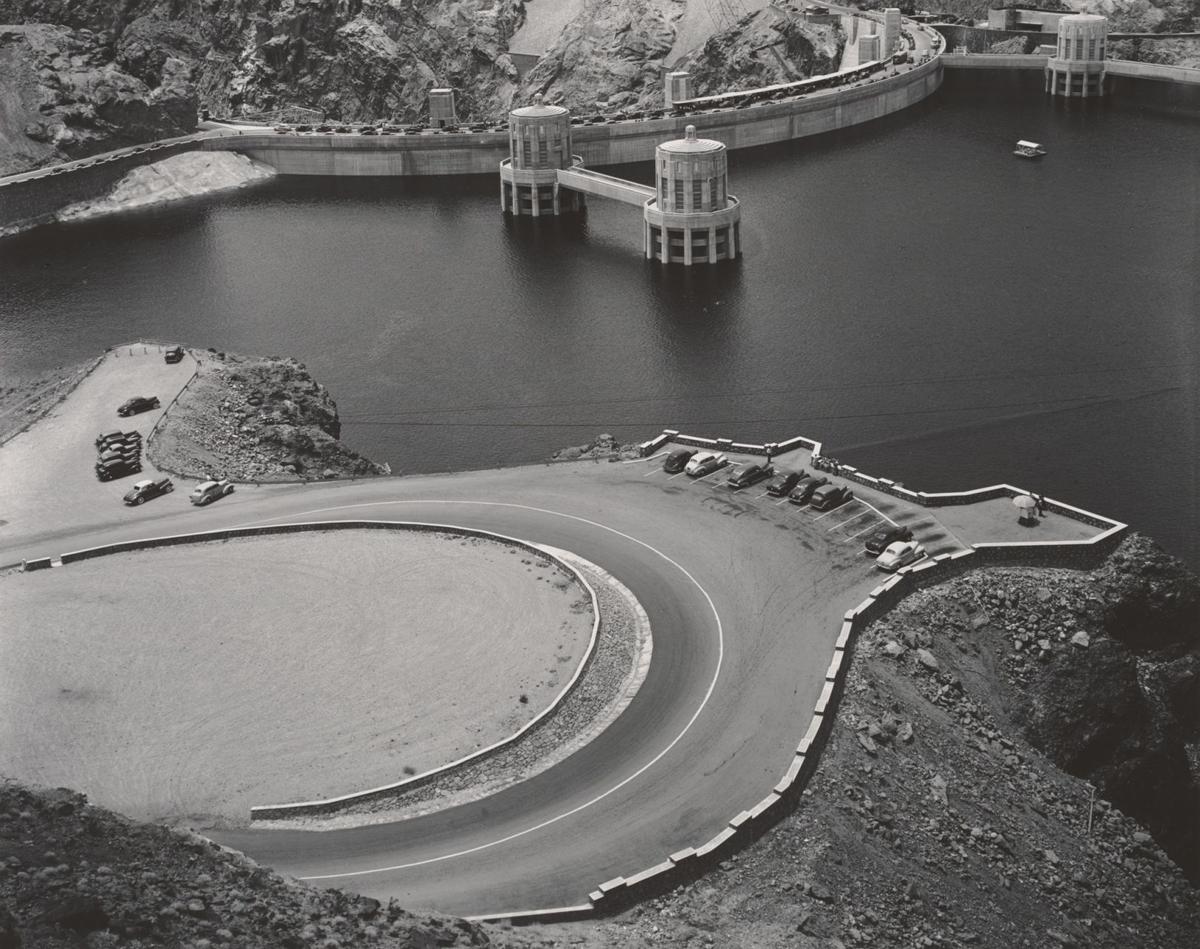The Center for Creative Photography is the repository for the archives of some of the most revered photographers of the last century. This summer, we are taking a closer look at pieces in museums and galleries in Tucson. Adam Monohon, a CCP curatorial assistant, zeros in on a Edward Weston photograph now on view.
- Photographer: Edward Weston (United States, 1886–1958). Among the 20th century’s most influential art photographers, Weston is recognized for his contributions to the medium. Weston pioneered a modernist style characterized by sharply focused and richly detailed black-and-white photographs. His combination of stark objectivity and a passion for nature and form lent his work qualities that expressed a new American aesthetic that emerged in California between the two World Wars. The visual language that Weston pioneered beginning in the 1920s fundamentally changed the direction of photography in this country, creating a profound and lasting impact in the United States and abroad. The Edward Weston Archive is housed at the Center for Creative Photography.
- Name of photograph: “Boulder Dam.” Negative, 1941; print, 1955.
- Significance: Made late in Weston’s career, this photograph is significant in several ways. Commissioned to illustrate a luxury edition of famed American poet Walt Whitman’s seminal “Leaves of Grass,” Weston embarked on a cross-country road trip with his wife and collaborator, Charis Wilson, in 1941 during which this image was made. Rather than faithfully illustrate passages of Whitman’s poetry, Weston hoped to “present the same kind of broad, inclusive summation of contemporary America that Whitman himself gave.” Like Whitman, Weston believed technology and industry to be critical components of the American scene. The largest concrete structure in the world upon its completion, Boulder Dam (now Hoover Dam) stood as a symbol of American progress. In this photograph, Weston has conveyed his sense of the beauty and strength he found in the design of the dam itself. At the same time, he has nodded to the importance of innovation and industrial might to American identity.
- What demands a closer look: Although at first glance this photograph describes the monumental form of Boulder Dam, upon a closer look the presence of large numbers of tourists is revealed. In addition to the cars obviously visible in the foreground, dense lines of cars and buses can be seen parked on either side of the sweeping arc of the dam’s outer edge at the top of the image. Made during Memorial Day weekend, the photograph captures the appeal of the site to holiday tourists.
- When did CCP acquire this: This print was acquired by the Center for Creative Photography in 1981 as part of the Edward Weston Archive.
- Anything else? This photograph is on view as part of Edward Weston’s Leaves of Grass, an exhibition in the Center for Creative Photography’s Heritage Gallery. Weston’s photographs are presented in dialogue with recent acquisitions or never-before-exhibited works from the center’s collection. The Heritage Gallery honors the center’s founders while presenting a continuum of photographic practice across time.
- Where to see it: Through Nov. 30 at the Center for Creative Photography, 1030 N. Olive Road in the University of Arizona Fine Arts Complex. Admission is free. For more information, call 621-7968 or visit ccp.arizona.edu





